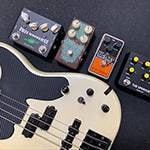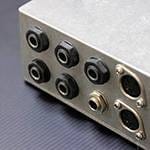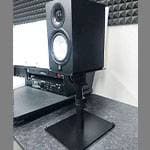When you hear “Ibanez wahwah pedal,” what comes to mind?
For many, it’s probably the WH10 that was made famous by Red Hot Chili Peppers’ John Frusciante.
But, did you know that Ibanez has produced other excellent wahwah pedals beyond the WH10?
Today, I’m going to introduce the Ibanez WD7; a hidden gem that has been steadily gaining popularity in recent years!
What Is the Ibanez WD7?
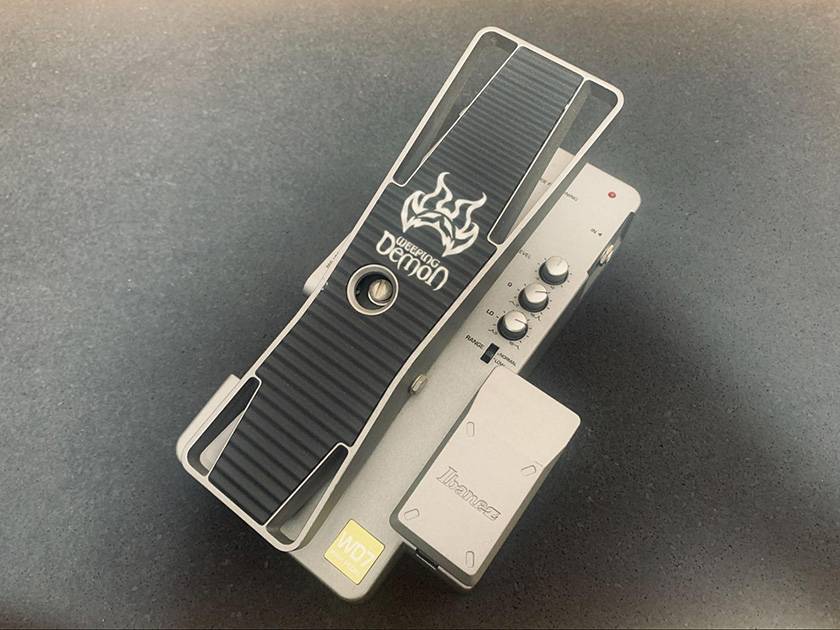
The Ibanez WD7 (hereafter referred to as WD7) is a wahwah pedal that was manufactured and sold from around 2004 to 2018.
The WD7i’s standout feature is the ability to choose between two switching modes. FOOT SW. Mode is turning effect is turned ON/OFF with a footswitch. AUTO SW. Mode is the effect that automatically turns on when you step on the pedal.
In other words, it can be used like a typical wahwah pedal with a switch like the Crybaby or VOX, or like a Morley Bad Horsie, which activates automatically when pressed. The WD7 offers both styles in a single unit.
What’s more, the WD7 uses an optical pedal mechanism that provides excellent durability and stability.
With a wide range of controls, it can cover everything from vintage-style tones to modern sounds, making it suitable even for bass or 7-string guitar and other extended-range instruments.
In short, the WD7 is a versatile wahwah that can adapt to virtually any playing situation.
About the Controls
The WD7 is equipped with the following three knobs:
Level: Adjusts the output volume when the effect is ON
Q: Controls the intensity of the wahwah effect (peak sharpness)
LO: A low-pass filter that adjusts the amount of low-end
These knobs feature Ibanez’s Tone-Lok mechanism, which allows them to be pushed into the body for storage, which helps to prevent accidental changes.
Additionally, the WD7 offers fine-tuned settings such as switching the frequency range, adjusting the pedal tension (feel underfoot), and setting the delay time before the effect turns OFF in AUTO SW. mode. These options give players detailed control to suit their preferences.
Specifications
Power: 9V battery or center-negative DC 9V adapter
Current draw: Max 35mA
Dimensions: 259 (D) × 154 (W) × 117 (H) mm
Weight: 1600g
The WD7 is somewhat large in size, so storing it in a gig bag might be difficult.
With that said, its sturdy aluminum die-cast body provides a reassuring level of durability.
At first, it might feel a bit heavy in hand, but considering that the popular Crybaby (GCB-95) weighs 1.7 kg, the WD7 is actually about 100g lighter.
Real-World Impressions
Having played the WD7 myself, the most convenient feature is undoubtedly the AUTO SW. mode.
For solos or brief obbligato parts, simply stepping on the pedal to activate the wah and having it automatically turn off when released is incredibly smooth and hassle-free.
Additionally, the ability to finely adjust the frequency range makes the WD7 a great match not only for guitar, but also for bass and extended-range guitars, regardless of instrument type.
The adjustable pedal tension also allows you to tailor the feel to match your playing style, which is another big plus.
Another major advantage is the use of an optical switch, which means there’s no switching noise when turning the effect ON or OFF.
This makes it especially reliable when transitioning into quieter parts during a performance. You can use it with confidence, without worrying about unwanted noise.
Artists Who Use the WD7
When it comes to artists who use the WD7, Herman Li of DragonForce is a notable example.
You can hear him combine the WD7 with a Whammy pedal during live performances to create his signature sound.
Sibling Model: WD7JR
At one point, Ibanez also released a simplified version of the WD7 called the WD7JR, which omitted some features.
This model is for AUTO SW. mode only. It offers a playing experience similar to the Morley Bad Horsie.
The One Drawback: “High-End Roll-Off in Bypass”
While the WD7 is an exceptionally well-designed pedal, if there’s one notable drawback, it would be the loss of high frequencies when bypassed.
Because the WD7 uses an optical switch, it employs a buffered bypass design. Subjectively, it feels like frequencies above 10kHz dip slightly when the effect is off.
This issue can be improved by replacing the internal buffer capacitors with higher-quality components.
In my case, I had a friend who runs a pedal shop called iola tokyo to modify it for me.
See reference: Post on X [formerly Twitter]
Ibanez WD7をMod!
— シンイチロー / iola tokyo代表 (@416gt) March 13, 2025
たった1箇所だけの変更ですがサウンドに絶大な変化アリ!☺️ pic.twitter.com/UaeREsDrbH
If you’re someone who’s bothered by the bypass tone of the WD7, modding it might be worth considering.
Sound Setting Examples
Funky Cutting Sound
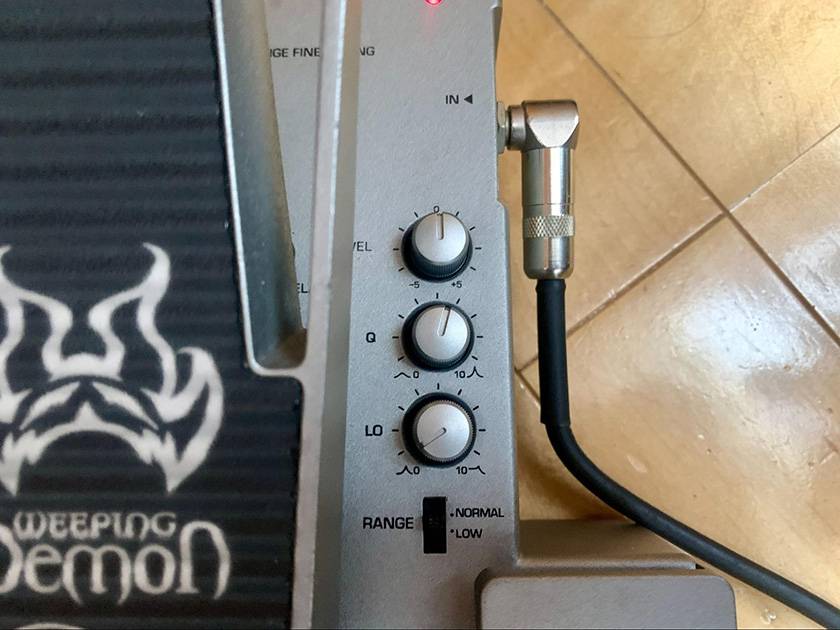
Raise the frequency range slightly and keep the LO setting low for a clean, crisp tone.
If the tone feels too thin, especially when using pickup positions like the half-tone, slightly increasing the LO can add some body.
Lead Wah for Solos
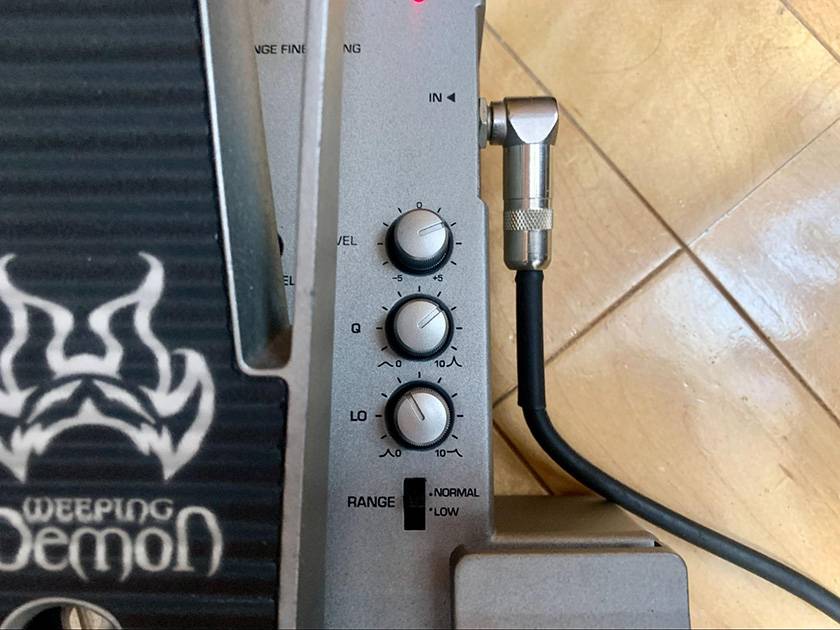
Increase the Level to boost volume during solos.
I personally use AUTO SW. mode for this, so the wah automatically turns off when the solo ends, keeping the transition smooth and hands-free.
Wah for Bass
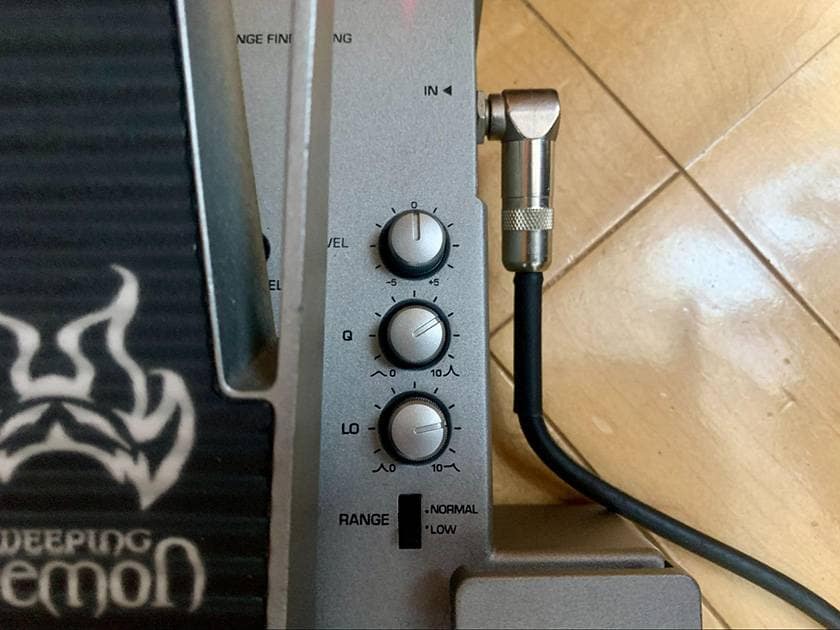
Raise the LO to emphasize the low end and narrow the Q for a more pronounced wahwah effect.
This helps to bring out the contour of the wahwah, making it easier to control and more effective on bass.
To Summarize
The Ibanez WD7 is a versatile wahwah pedal that can handle virtually any playing situation with just one unit.
In recent years, its price has been steadily rising in the secondhand market, so if you’re interested, it’s a good idea to grab one while you still can!
The “sound & person” column is made up of contributions from you.
For details about contributing, click here.





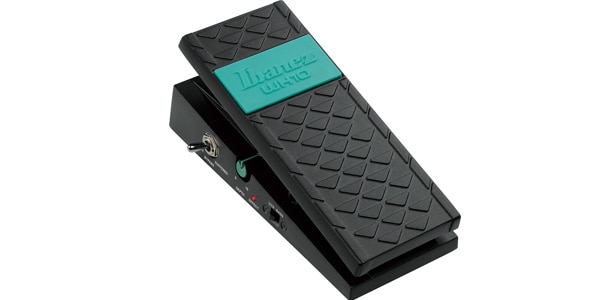
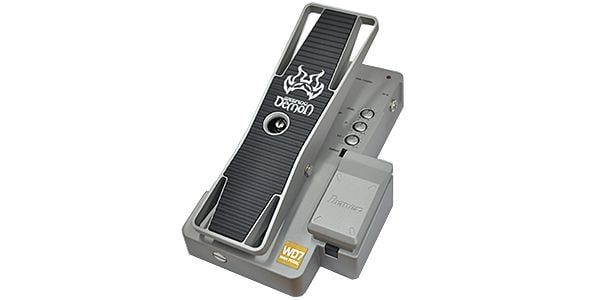

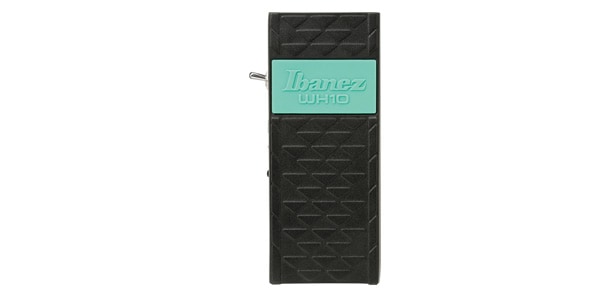
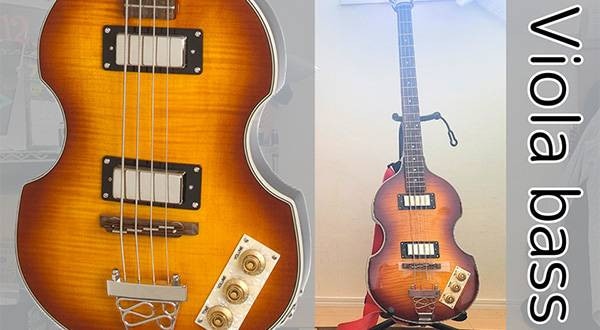
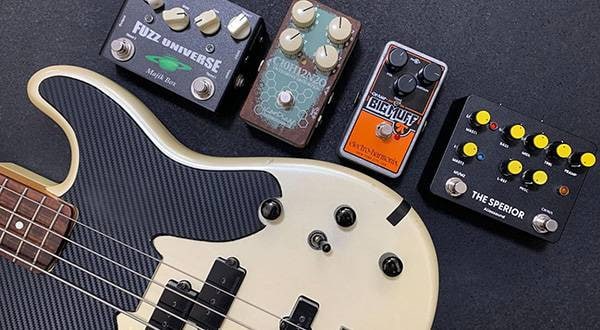
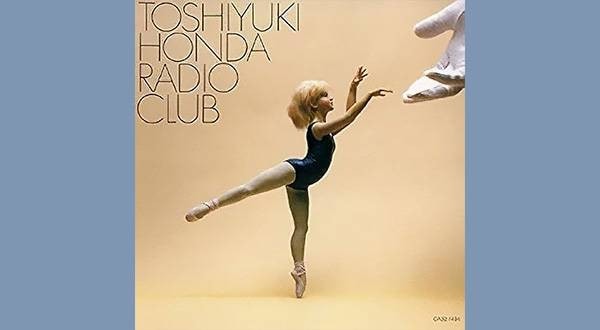
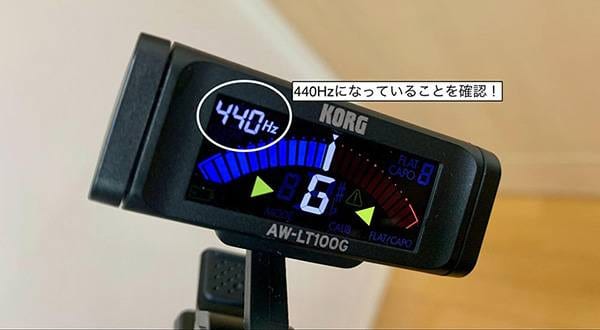
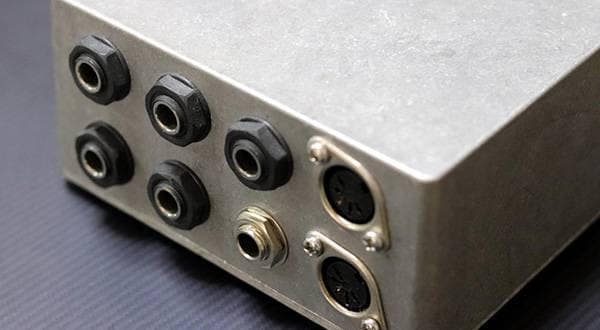
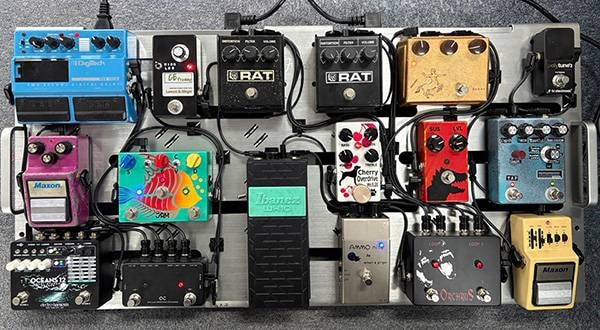
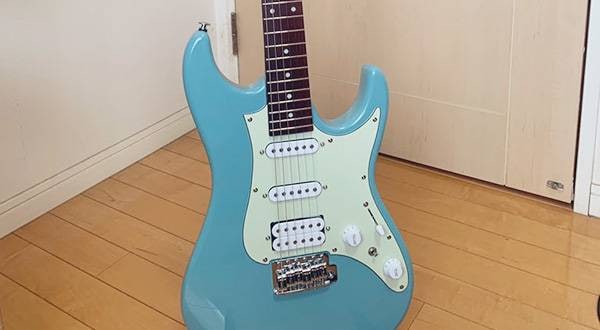
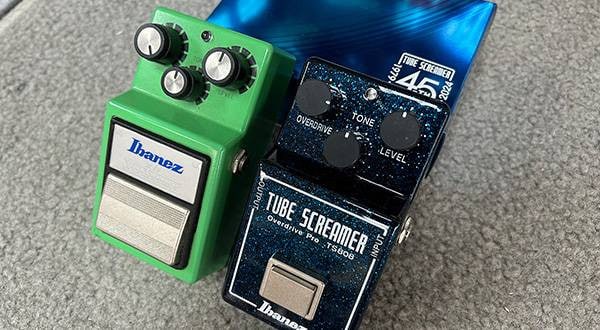
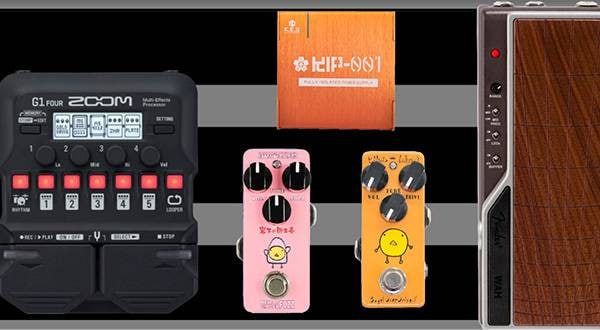

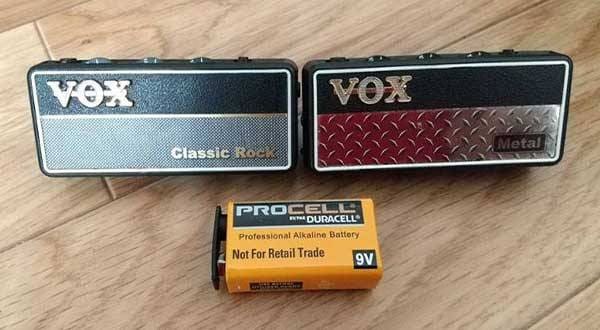
 Ibanez ブランドサイト
Ibanez ブランドサイト
 【初心者向け】エフェクター講座
【初心者向け】エフェクター講座
 あなたのエフェクターボード見せてください
あなたのエフェクターボード見せてください
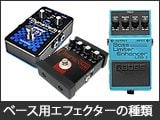 ベース用エフェクターの種類
ベース用エフェクターの種類
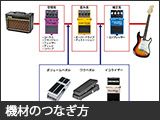 エフェクターのつなぎ方
エフェクターのつなぎ方
 エフェクターの種類
エフェクターの種類


